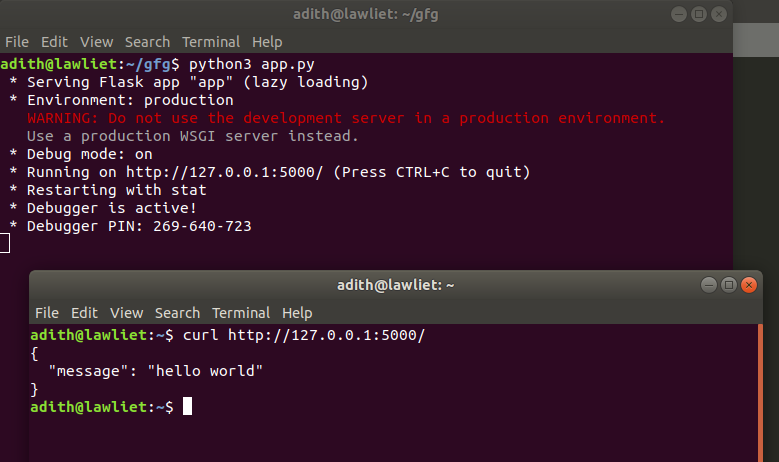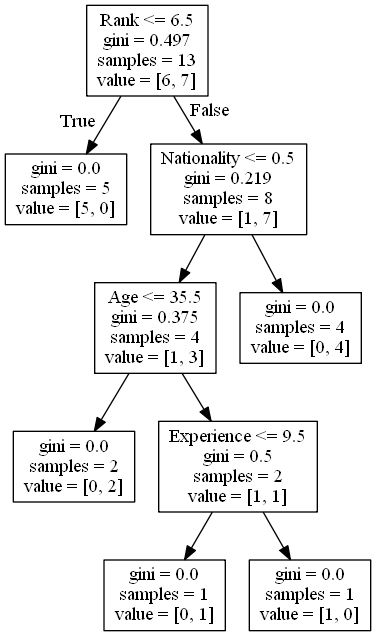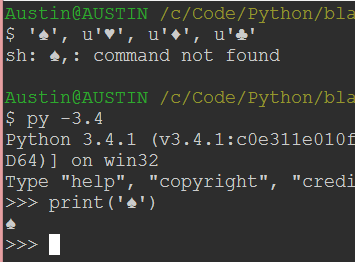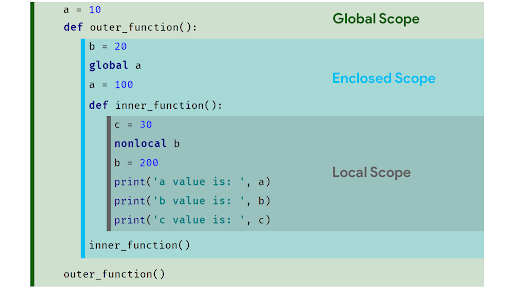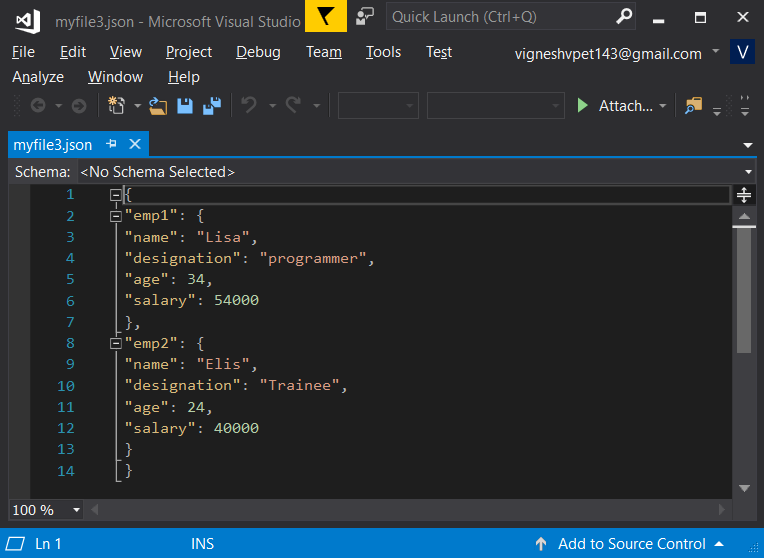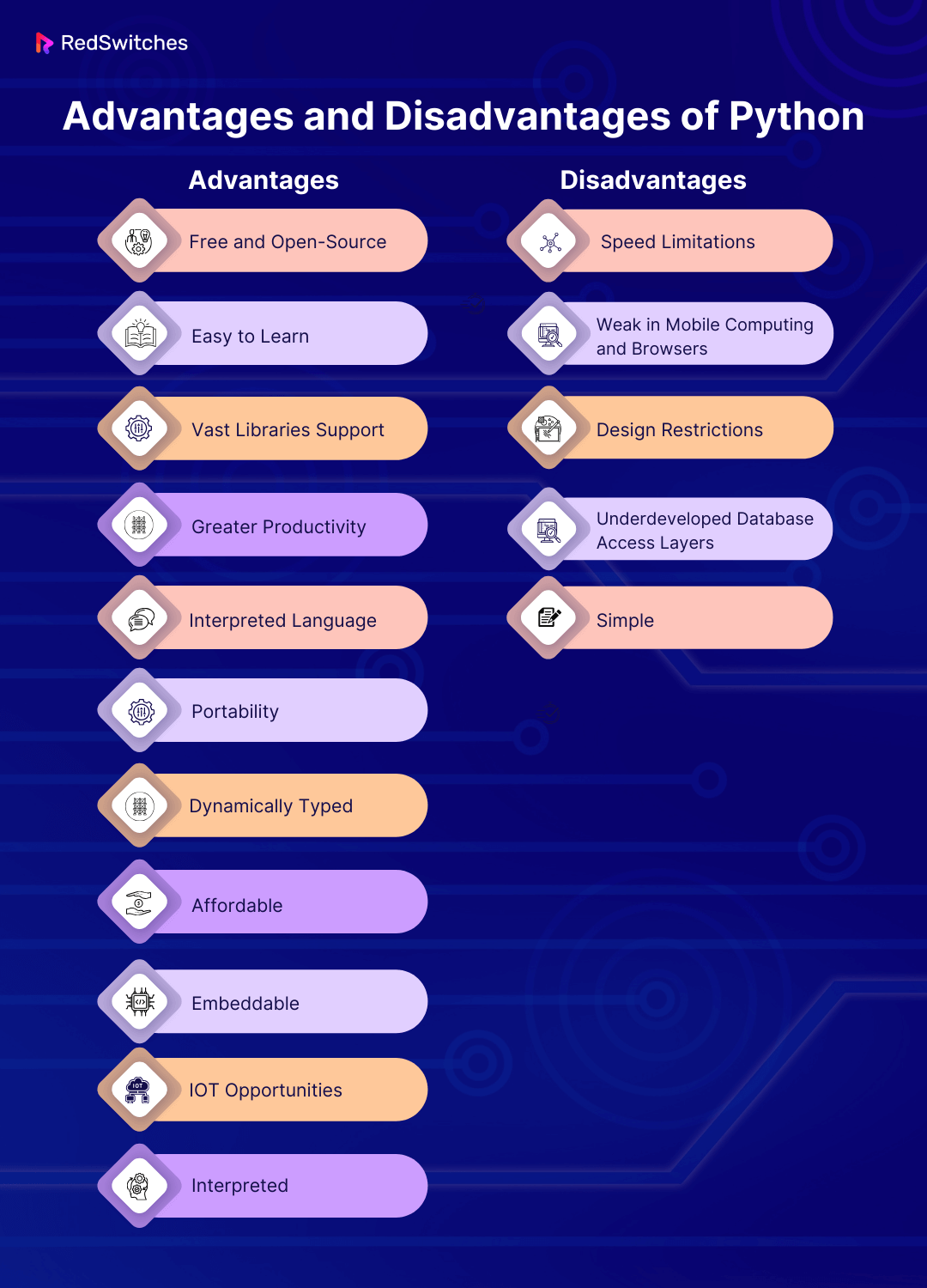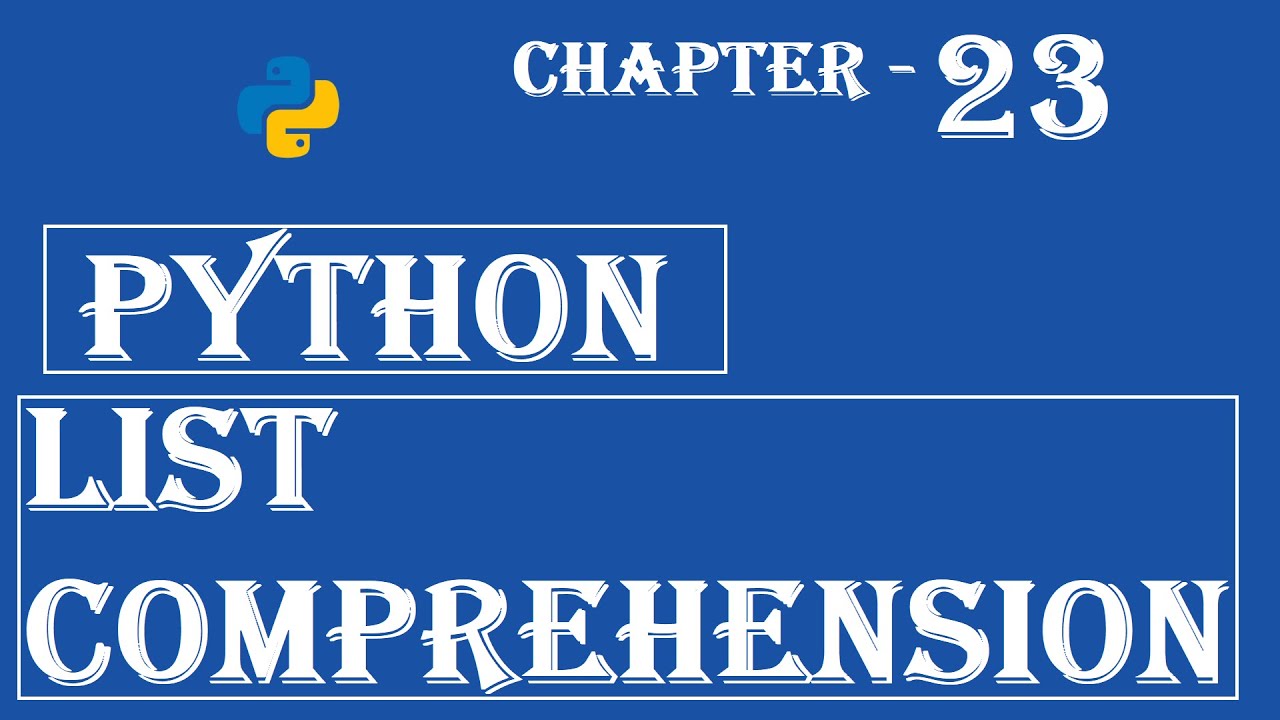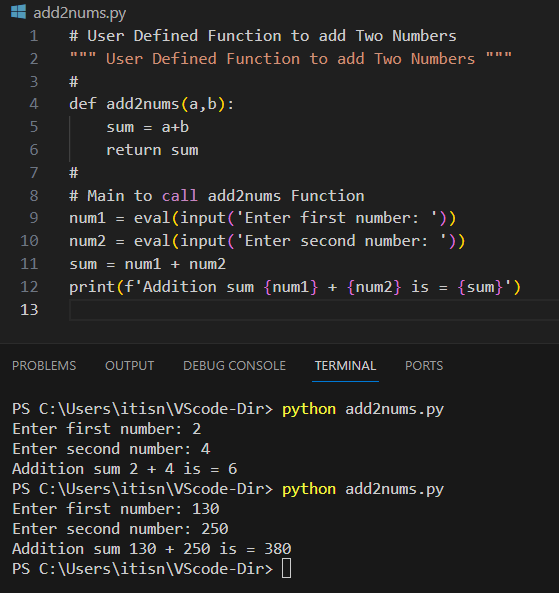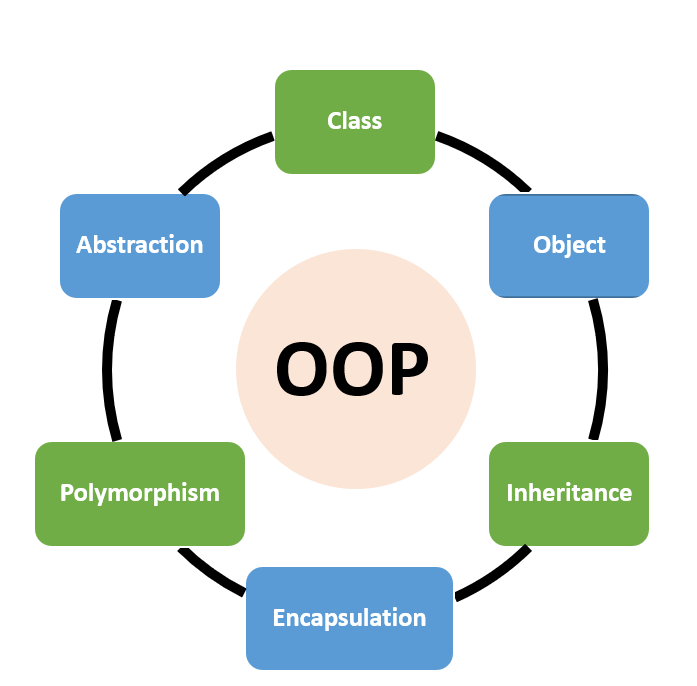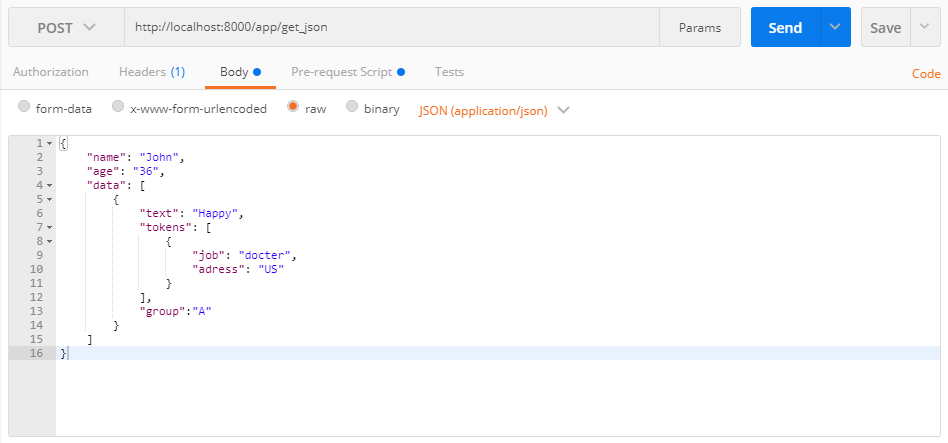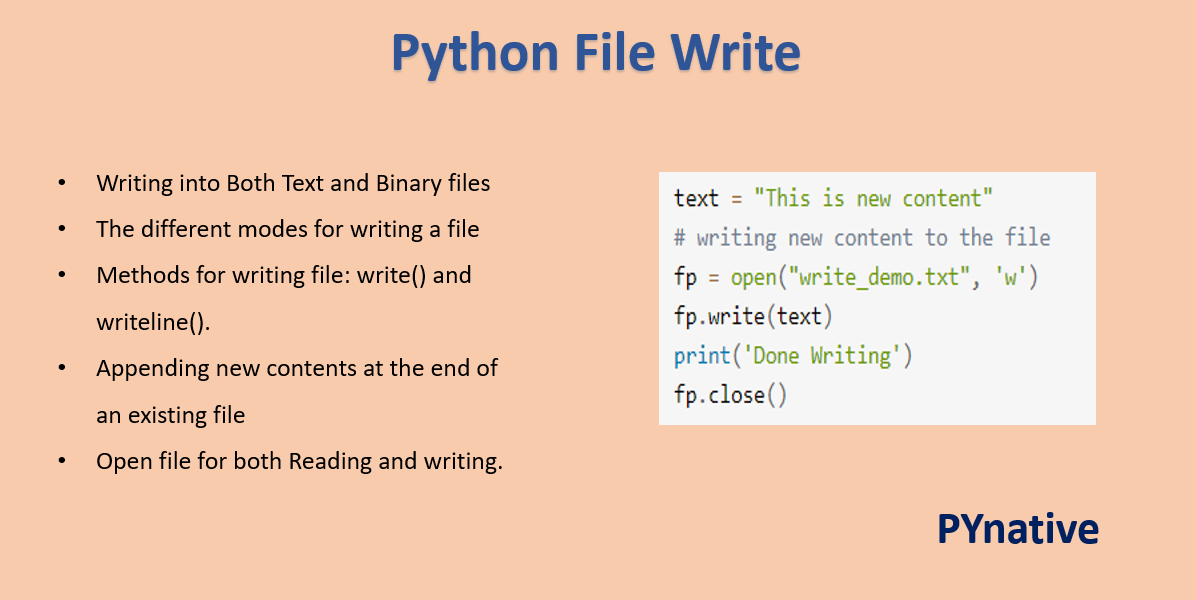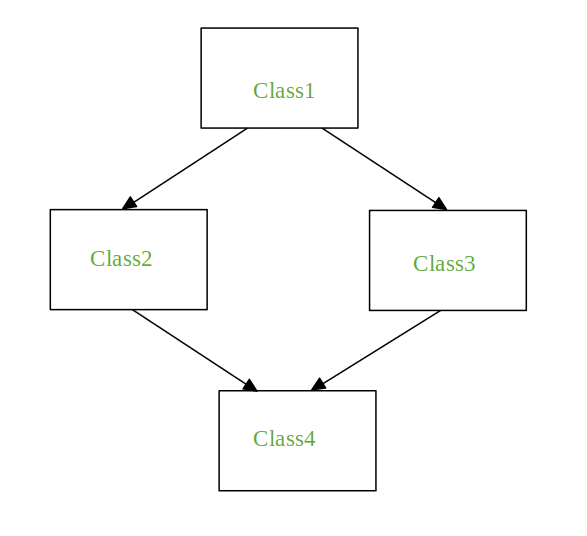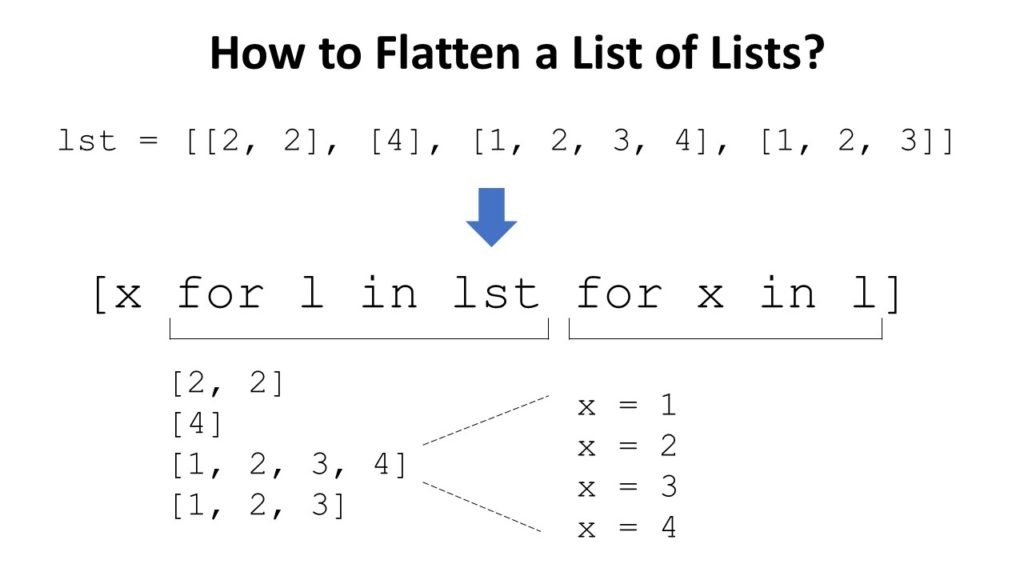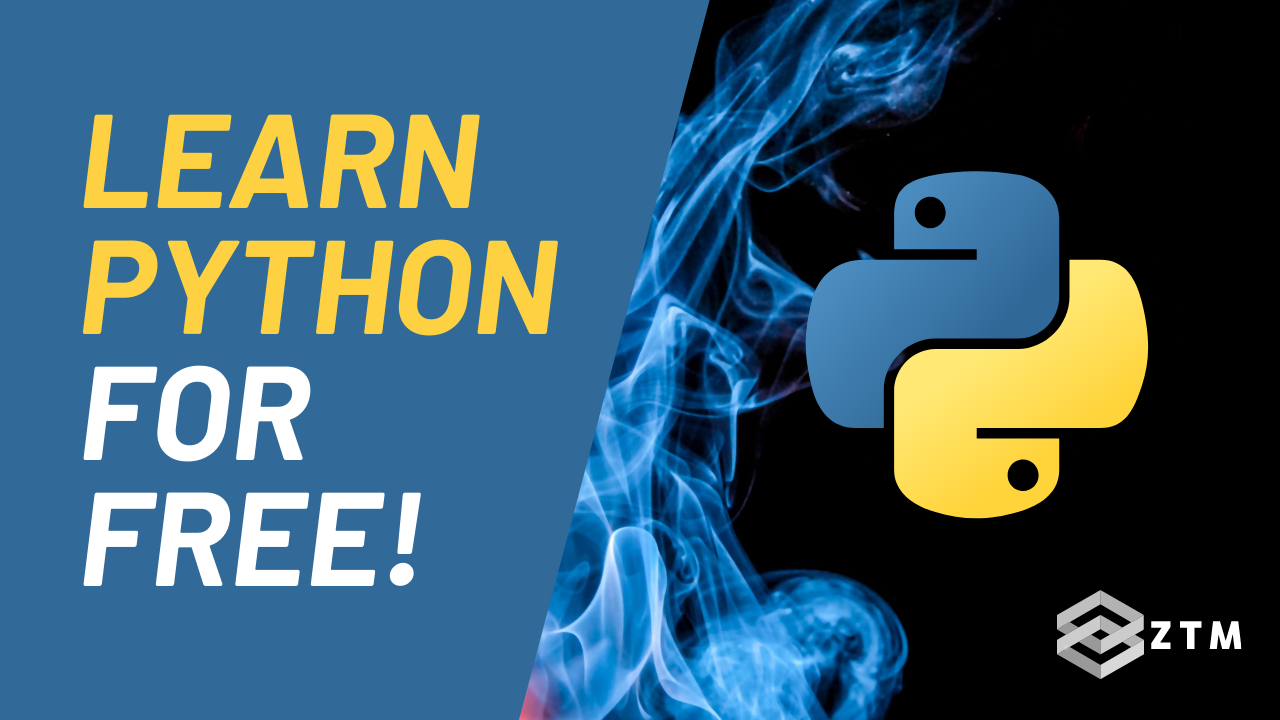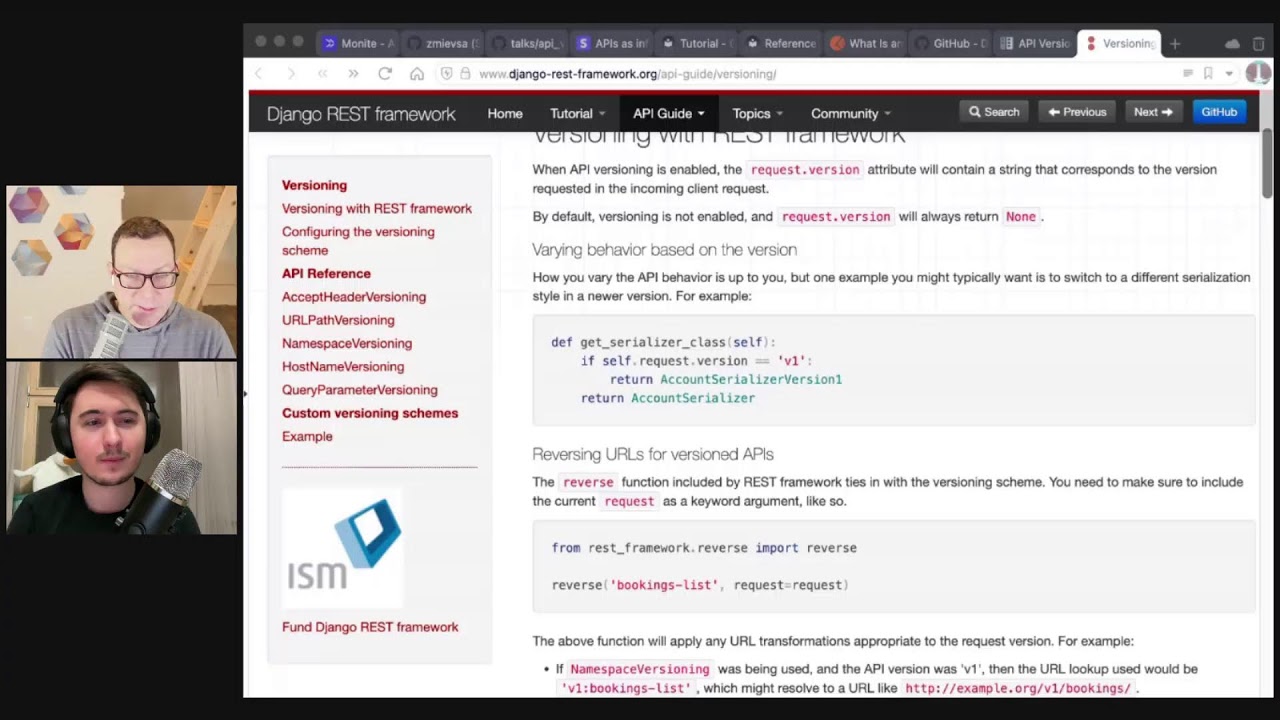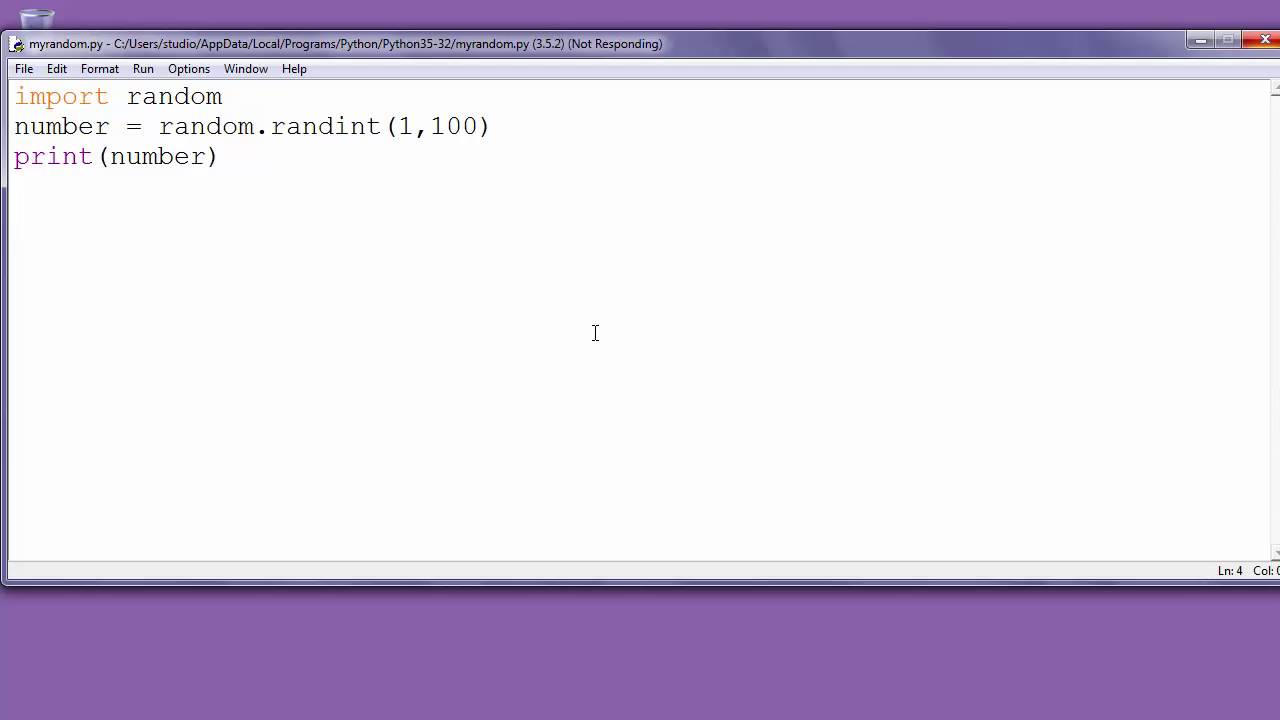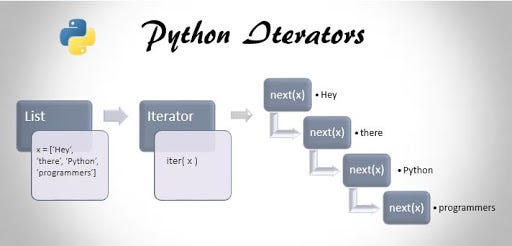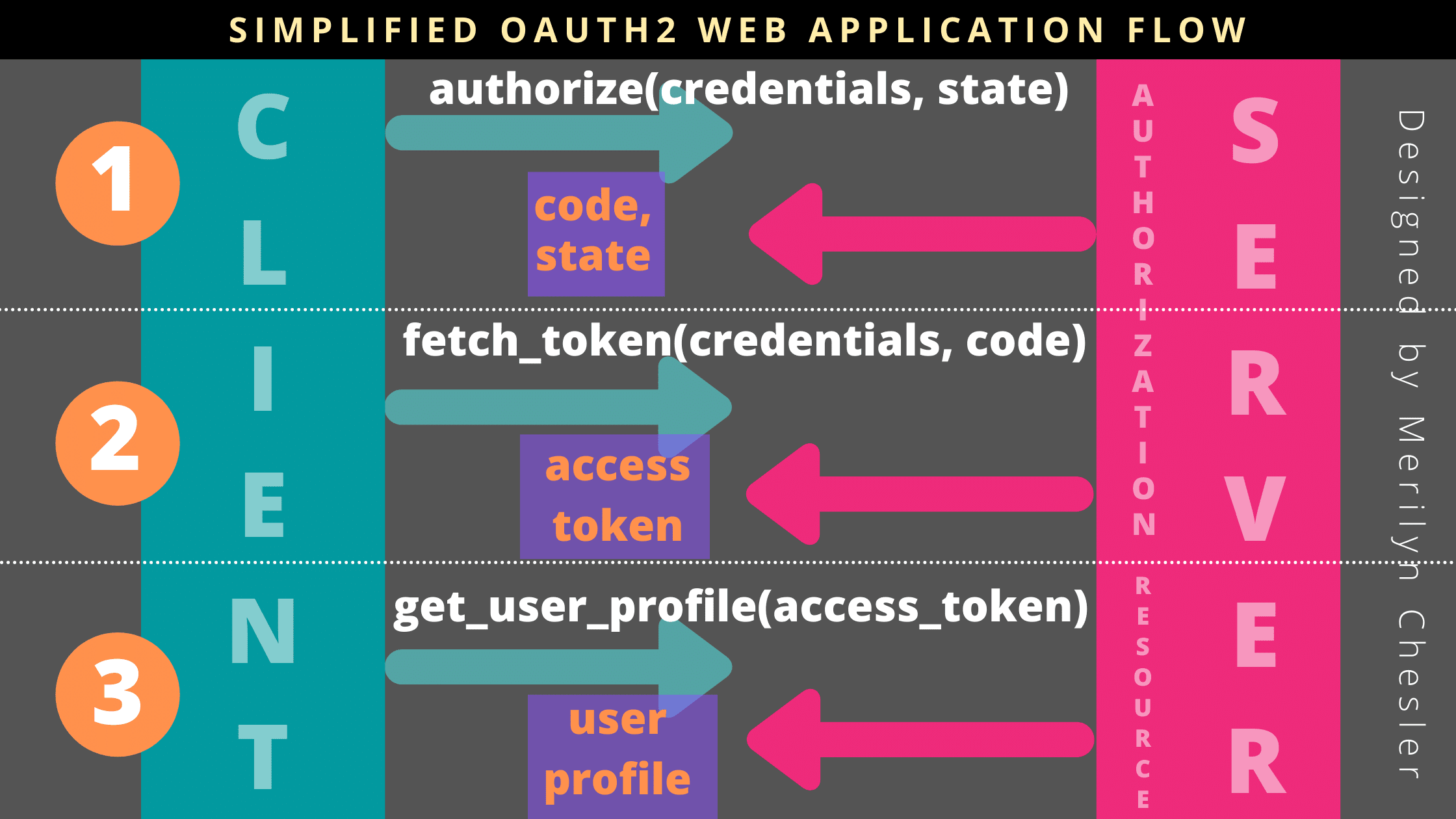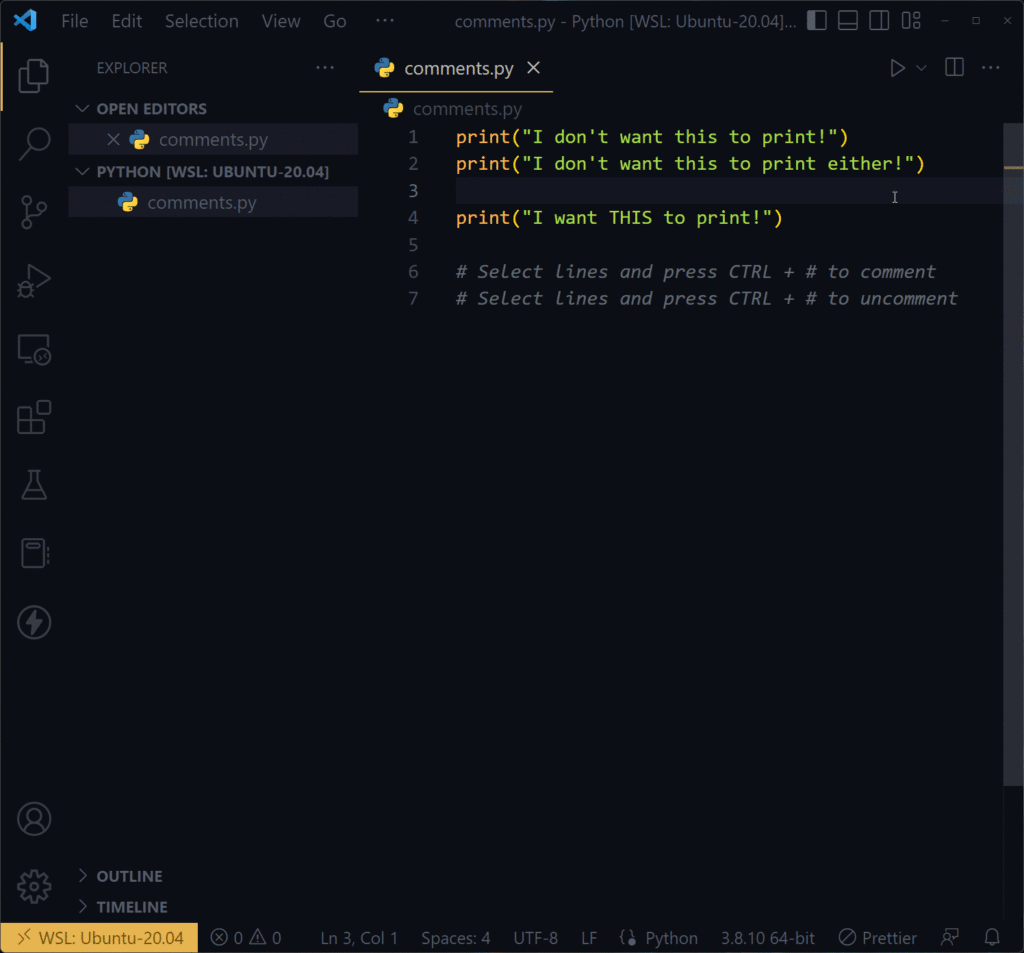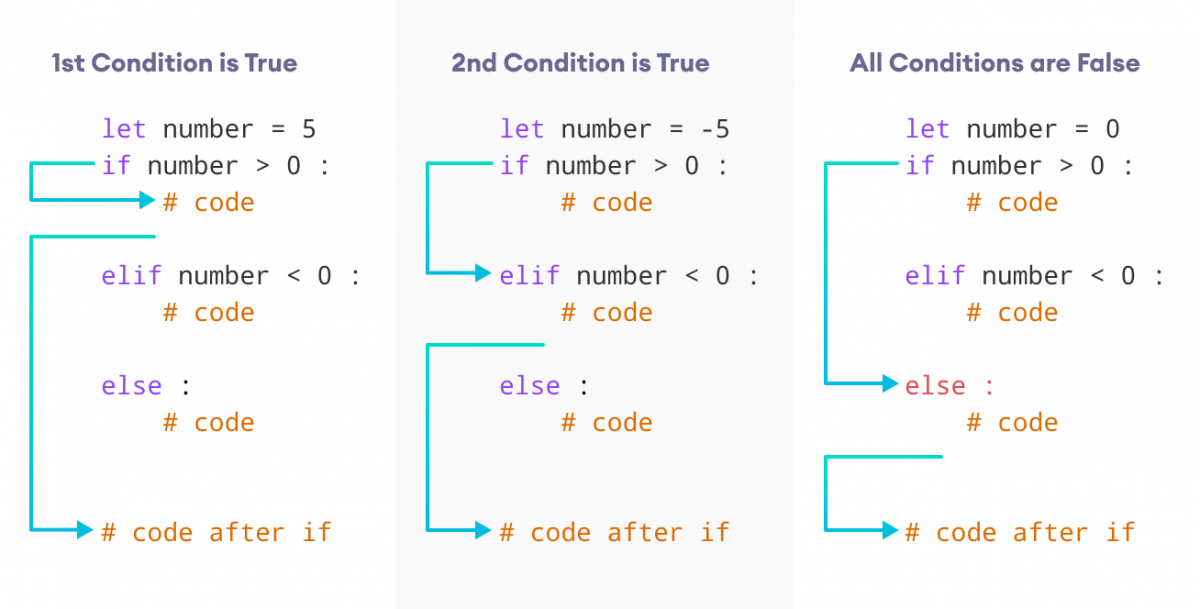How to write if, elif in one line in Python?
How to write if, elif in one line in Python?
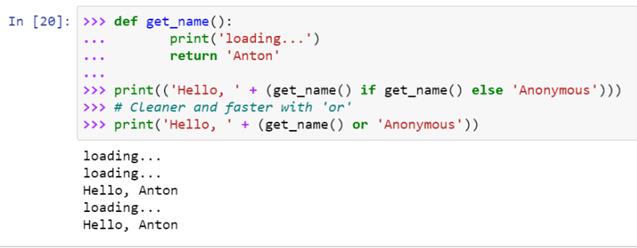
I'd be happy to help!
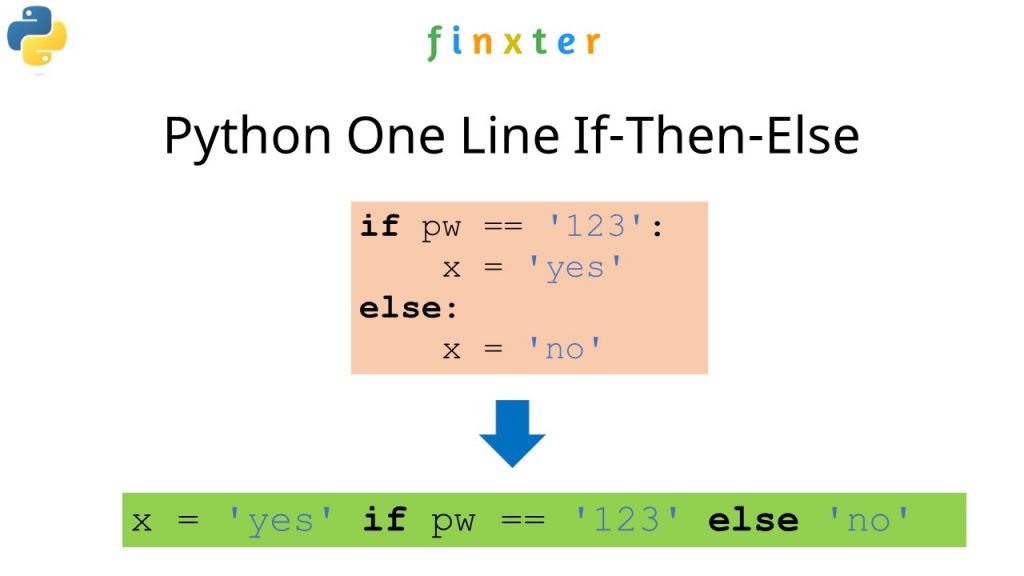
In Python, you can use the if-elif statement on a single line using the following syntax:
result = value if condition else another_value
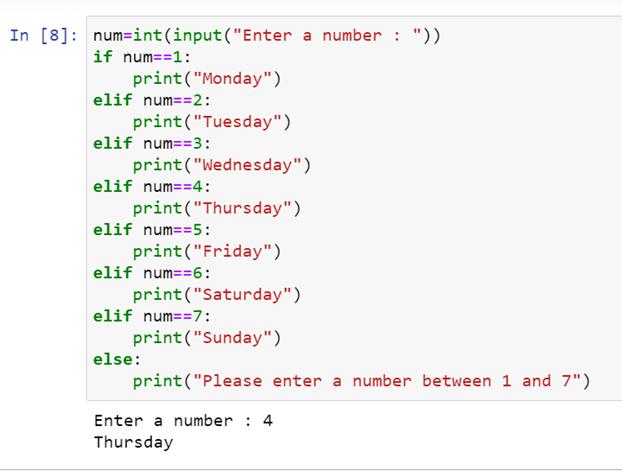
This is equivalent to the following traditional if-elif block:

result = Noneif condition:
result = value
elif another_condition:
result = another_value
Let's break it down:
The statement starts withvalue if condition. This checks whether the condition is true. If the condition is true, then value is assigned to result. If the condition is false (i.e., a False or equivalent value), then the code after the else clause is executed. In this case, it's another_value.
Here are some examples:
Simpleif-elif on one line:
x = 5 if x > 3 else 2
This sets x to 5 if the condition x > 3 is true; otherwise, it sets x to 2.
result = "A" if score >= 90 and score < 100 else "B" if score >= 80 and score < 90 else "C"
This sets result to "A" if the score is between 90 and 99, "B" if it's between 80 and 89, and "C" for all other scores.
result = value1 if var1 > 10 else value2 if var2 < 5 else default_value
This sets result to value1 if var1 is greater than 10, value2 if var2 is less than 5, and default_value otherwise.
While this syntax can be useful for simple conditional statements, it's essential to understand that readability and maintainability might suffer when used extensively. For complex logic, traditional if-elif blocks are often more readable and easier to understand.
So, there you have it! The power of the if-elif statement in one line Python.
What is elif in Python example?
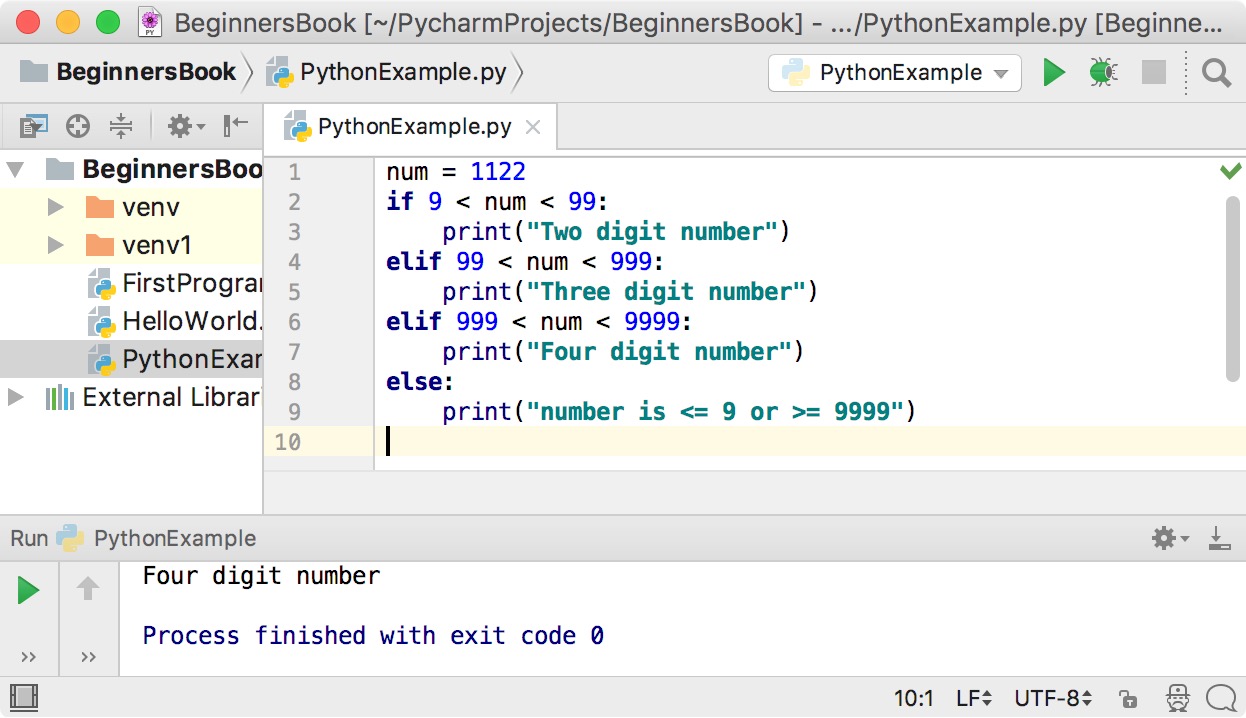
I'm happy to help you with your question!
In Python, elif stands for "else if", which is a conditional statement used to test another condition after an earlier condition has been tested and found false.
The general syntax of elif in Python is as follows:
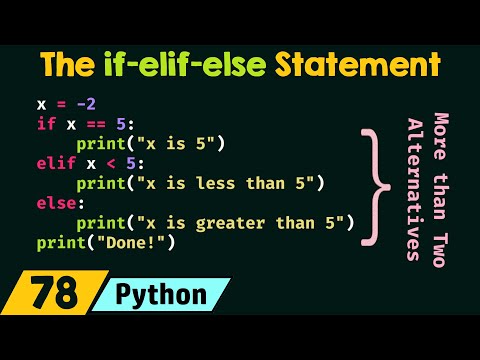
if condition1:
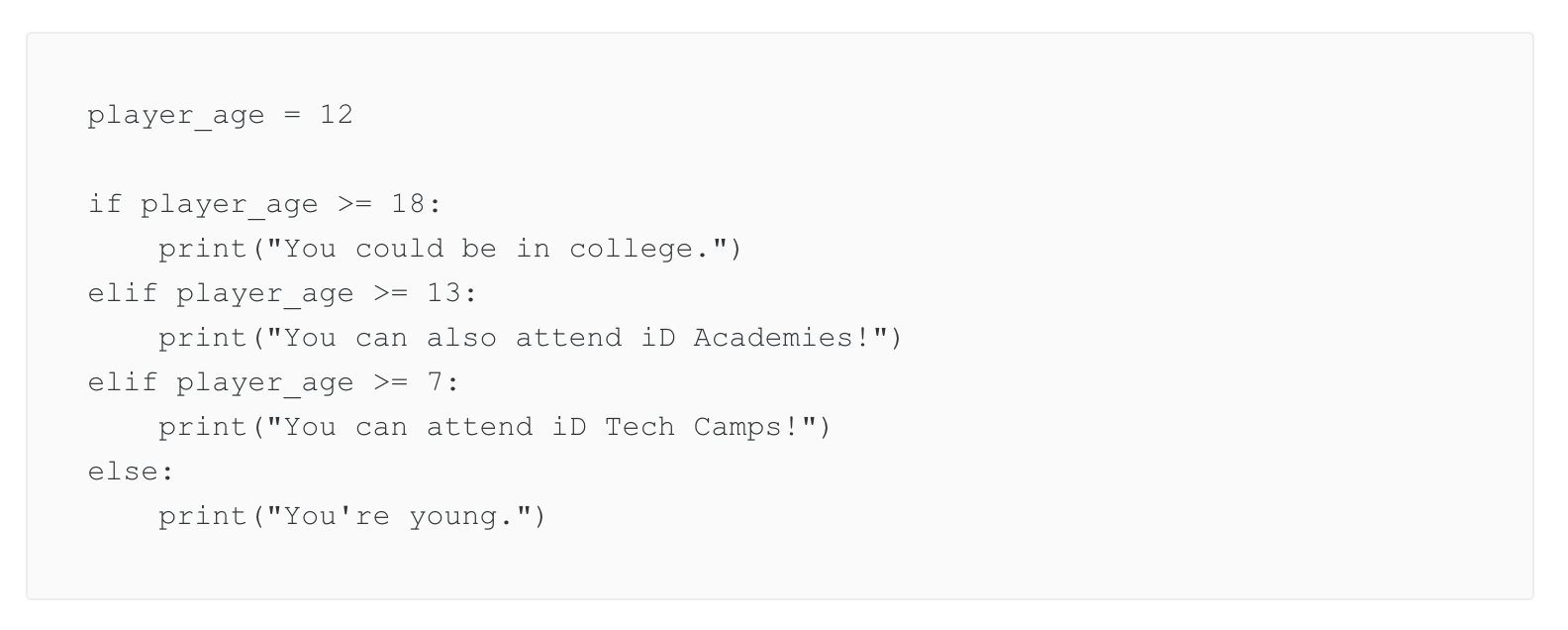
code block
elif condition2:
code block
Let's consider an example to better understand how elif works:
Suppose we want a program that checks if a person is eligible for a loan. The eligibility criteria are as follows:
Age must be at least 18 years old. Income should be at least $30,000 per year.Here's an example code using elif:
age = 22
income = 25000
if age >= 18:
if income > 30000:
print("You are eligible for a loan.")
else:
print("Your income is too low. You may need to save more or improve your credit score.")
elif income > 30000:
print("You do not meet the age criteria, but your income is sufficient. You still need to be at least 18 years old to apply for a loan.")
else:
print("You do not meet either the age or income criteria.")
In this example:
The firstif condition checks if the person's age is at least 18 years old. If the person meets the age criterion, the program then checks their income. If their income is at least $30,000 per year, they are eligible for a loan and the message "You are eligible for a loan." is printed. If the person does not meet the income criteria (i.e., their income is less than or equal to $30,000), the program prints "Your income is too low. You may need to save more or improve your credit score."
The elif clause checks if the condition after the comma is true. In this case, it's income > 30000. If this condition is true, the code within that block will execute.
In summary, elif allows you to test multiple conditions and execute different code blocks based on whether those conditions are true or false.
